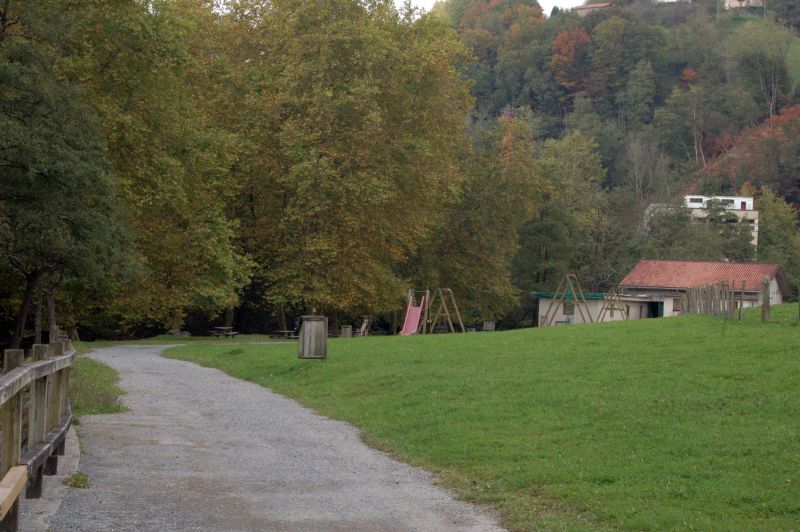
Puntos de Interés

Culture
En Galmés Tower
This archaeological site is the largest Talayotic settlement (over 6 hectares) on the island of Menorca, and one of the largest in the Balearic archipelago.
Its position, on a hill from which it is possible to control most of the southern coast of the peninsula, and its monumentality, suggest that it must have had a certain dominion over other settlements on Menorca. Its period of maximum splendour must have been in the 2nd century BC, during the Naviform period (1700-1400 BC), although remains have been found (at least one hypogeum is preserved) that date the occupation of this area back to 2000 BC. Subsequently it would have been partially used during the Roman period and until the Christian conquest (remains from the Islamic period have been found).
The settlement is organised around a series of large buildings in a public area: three talayots (a kind of massive tower that is the most characteristic prehistoric construction on the island) and the so-called taula enclosure, a horseshoe-shaped space in the centre of which stands the structure that gives it its name. Taulas ("table" in Catalan) are megalithic constructions found exclusively in Menorca, consisting of a horizontally nailed slab on which another slab is placed vertically, making a table. From the remains recovered it is believed that animal sacrifices were made in this enclosure and offerings of food or drink were presented. The remains of a bonfire and a bronze statue representing the Egyptian Inhotep (dated between the 4th and 3rd centuries BC, this deity was revered for his knowledge throughout the Mediterranean, along with other ritual objects, this statue is currently exhibited in the museum of Menorca) were found next to the entrance to this space.
The residential area is located on the southern side of the hill. The houses all follow the same construction pattern: circular buildings with different rooms that converge in a central courtyard with a hearth and a cistern, with other attached buildings (hypostyle rooms), which probably functioned as storerooms. Among these buildings, the one known as the "Cartailhac Circle" (in honour of the French archaeologist Émile Cartailhac, who published it in a treatise at the end of the 19th century) stands out. This house was excavated and restored in 2008, and is known to have been inhabited between 250 and 100 BC. In addition to this area, a house was found across the road from the taula enclosure, which was renovated in Roman times, taking advantage of a cave.
There is a rainwater collection system to the south of the settlement based on channels dug into the rock which carried the water to tanks covered with boulders which act as a filter. From these small tanks, the water, now with less impurities, was directed to other larger tanks that served as cisterns. The pre-Talayotic hypogeum mentioned above was reused for this purpose.
This archaeological site can be completed with a visit to two other sites located 700 metres south of the village, the megalithic tomb of Roques Llises and Na Comerma de Sa Garita. It is not very clear what the purpose of these precincts was, but they consisted of an apsidal building with columns, which would have been covered by large slabs and surrounded by a stone wall.
You can access the village from the road that goes from Alaior to Playa de San Bou (San Bou Beach), following a well signposted detour. It has an interpretation centre and access is regulated. Opening times and tickets can be consulted and purchased at https://www.menorca.es/portal.aspx.


